Industry in Poland, mining in Upper Silesia
LS of a zinc mine/refinery, labeled in Julien Bryan's original notes as "Catowicz, Silesia - Giesche Zinc Mine." MS, workers in uniform, wearing caps, masks around their necks, on break outside the refinery. VS of the mine and refinery, the machinery in operation inside the refinery: ovens, molten metals, the workers stoking the furnaces, etc. VS, of women sorting pieces of zinc on a conveyor belt before processing. Good shots of quick, nimble fingers at work, several CUs of their hands. Julien Hequembourg Bryan (1899-1974) was an American documentarian and filmmaker. Bryan traveled widely taking 35mm film that he sold to motion picture companies. In the 1930s, he conducted extensive lecture tours, during which he showed film footage he shot in the former USSR. Between 1935 and 1938, he captured unique records of ordinary people and life in Nazi Germany and in Poland, including Jewish areas of Warsaw and Krakow and anti-Jewish signs in Germany. His footage appeared in March of Time theatrical newsreels. His photographs appeared in Life Magazine. He was in Warsaw in September 1939 when Germany invaded and remained throughout the German siege of the city, photographing and filming what would become America's first cinematic glimpse of the start of WWII. He recorded this experience in both the book Siege (New York: Doubleday, Doran, 1940) and the short film Siege (RKO Radio Pictures, 1940) nominated for an Academy Award in 1940. In 1946, Bryan photographed the efforts of the United Nations Relief and Rehabilitation Agency in postwar Europe.
- EHRI
- Archief
- us-005578-irn1003386
- Katowice, Poland
- INDUSTRY
- Film
Bij bronnen vindt u soms teksten met termen die we tegenwoordig niet meer zouden gebruiken, omdat ze als kwetsend of uitsluitend worden ervaren.Lees meer










